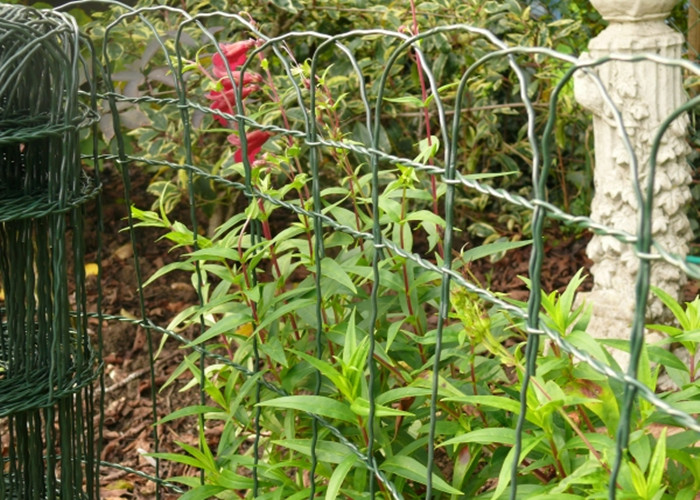[Chinese Packaging Network News] In the process of printing on plastics, ink viscosity plays a crucial role in determining print quality. By carefully adjusting the viscosity, it is possible to significantly enhance the overall printing outcome.
1. **Color**
Adjusting the viscosity of the ink can influence the color intensity—lower viscosity tends to lighten the color, while higher viscosity darkens it. However, simply changing the viscosity to alter the color is not always advisable, as it may lead to other issues such as watermarks, lack of gloss, or uneven coverage. When adjusting colors, it's essential to understand how different hues respond to changes in viscosity. For example, when the primary yellow ink has high viscosity, it may appear slightly reddish, but when the viscosity is low, it may show a greenish tone. Similarly, when green ink has high viscosity, it may lean toward blue, and with lower viscosity, it may take on a more yellowish appearance.
2. **Watermarks**
This issue is often linked to the printing speed. The slower the speed, the higher the required ink viscosity, and vice versa. If the speed and viscosity are mismatched, watermarks may occur. Typically, the printing speed is fixed, so increasing the ink viscosity is the common solution. However, there’s another phenomenon that looks similar to watermarks, which we’ll call “flower†spots. These are round dots rather than short lines. If you mistake this for a watermark and increase the viscosity, it may not help—or even make things worse. This is something many printers overlook. I’ve spoken with numerous printers who have made this error before. The key difference is that watermarks appear as thin lines, while “flower†spots look like small circles. To fix “flower†spots, lowering the ink viscosity is usually the right approach. If the problem persists, it could be due to a faulty printing plate or poor ink quality, and adjusting viscosity alone may only offer limited improvement.
3. **Cutting Lines**
Lower ink viscosity can help prevent cutting lines from appearing, especially in gradient printing where these lines are either absent or very subtle. Sometimes, cutting lines appear at the meshed areas and tend to start at specific points.
4. **Squeegee Effect**
High ink viscosity can negatively affect the squeegee’s performance, making it less effective at removing excess ink. This is particularly noticeable with black ink, where using a lower viscosity helps ensure the squeegee cleans properly.
5. **Overprint Faults**
There are two main types of overprint faults. One occurs when the second color dissolves into the first, causing discoloration, smearing, or ghosting. In such cases, increasing the viscosity of the second ink helps. The second type happens when the second color doesn’t adhere well to the first. In this case, adjusting the viscosity of the second ink is necessary.
6. **Ink Transfer**
When printing on thin webs, lower viscosity improves ink transfer and helps avoid unwanted white spots. As shown above, viscosity is closely related to various printing challenges. Mastering its adjustment can solve many of these issues effectively.
Garden border fence is very commercial wire fence for garden using, due to its shape and large mesh, this kind of wire mesh is mainly used as a decorative wire, especially round borders. With its high quality galvanized wire inside and green PVC coating outside, make it long life time and UV protected.
Features
Green & Arch Border Top
ŸGalvanized core, plastic coated
ŸRust and rot resistant
ŸEasy to install
Decorative fence for garden border or flower gratings.

Garden Green Border Fence,400mm Garden Fence Mesh,Strong Garden Border Fence,Garden Border Fence
DINGZHOU TIAN YILONG METAL PRODUCTS CO., LTD. , https://www.wiremeshsolution.com